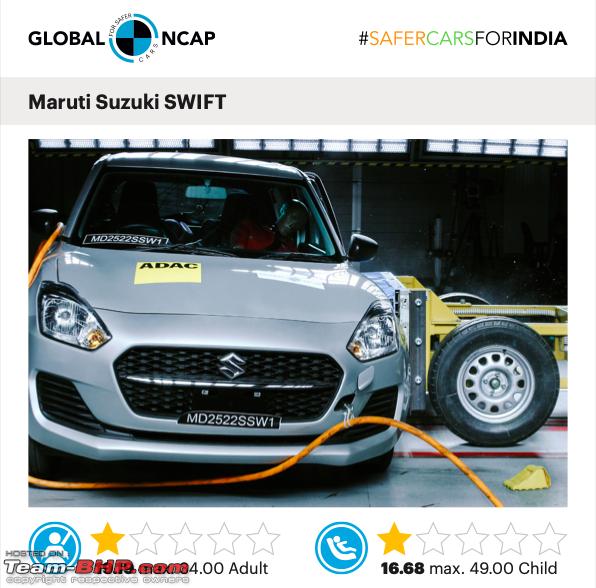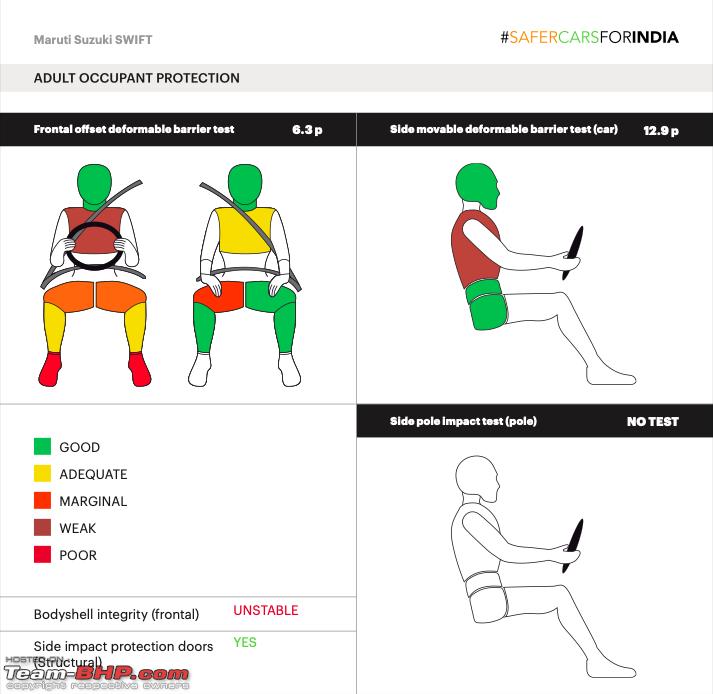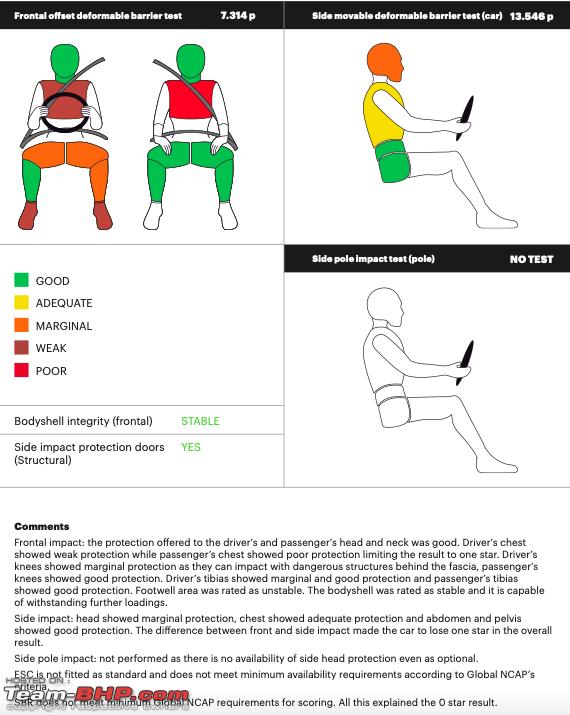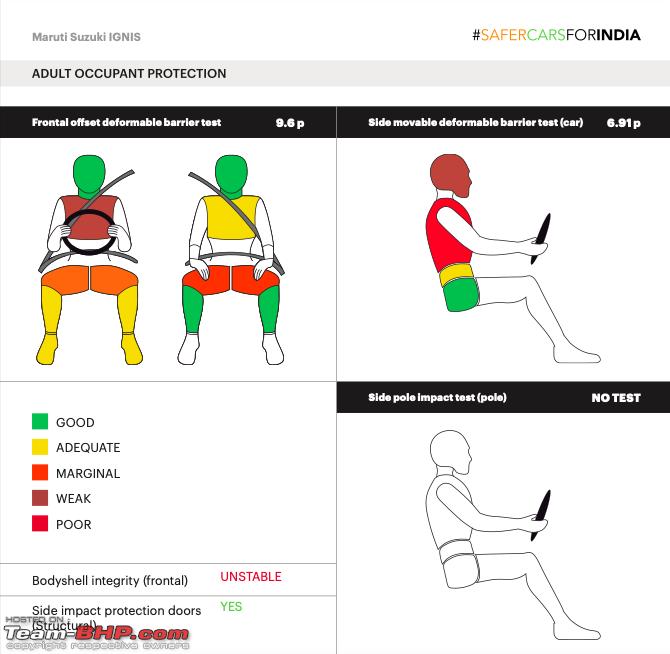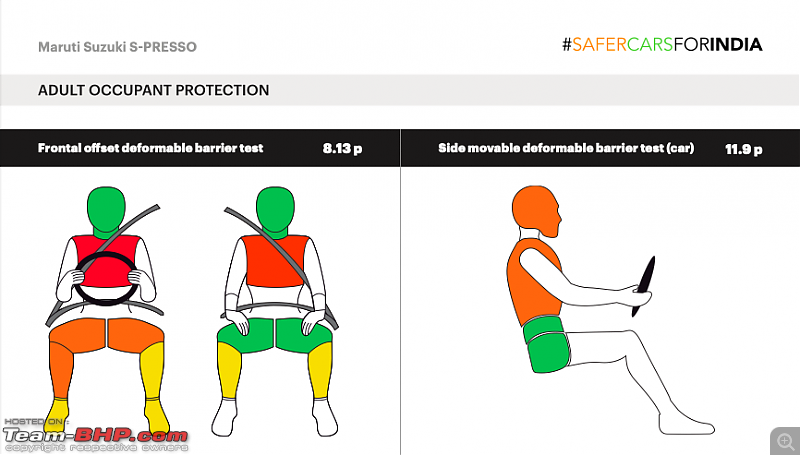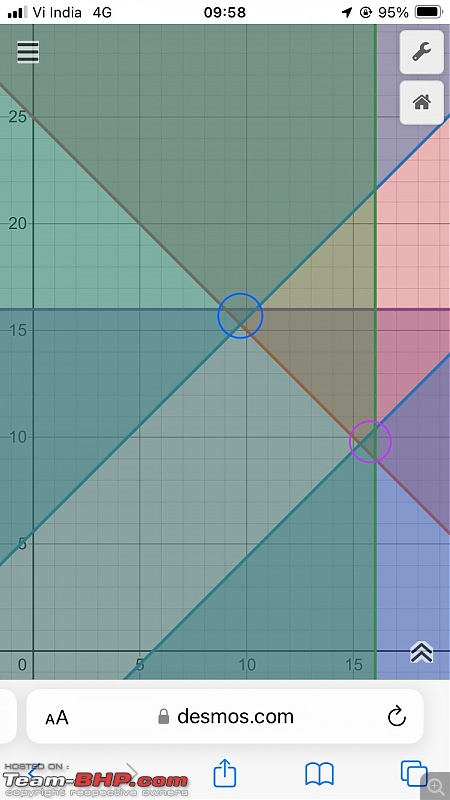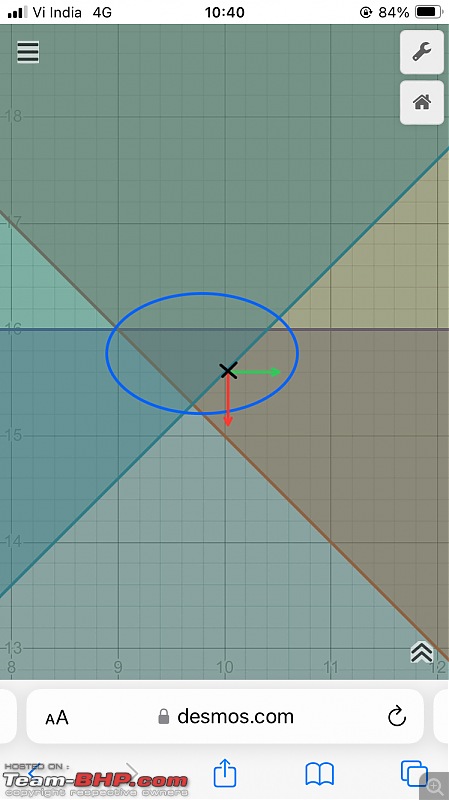| | #1 |
| Senior - BHPian Join Date: Nov 2019 Location: India
Posts: 1,543
Thanked: 8,062 Times
| |
| |  (43)
Thanks (43)
Thanks
|
| |
| | #2 |
| Senior - BHPian Join Date: Nov 2019 Location: India
Posts: 1,543
Thanked: 8,062 Times
| |
| |  (28)
Thanks (28)
Thanks
|
| | #3 |
| Senior - BHPian Join Date: Nov 2019 Location: India
Posts: 1,543
Thanked: 8,062 Times
| |
| |  (28)
Thanks (28)
Thanks
|
| | #4 |
| Senior - BHPian Join Date: Nov 2019 Location: India
Posts: 1,543
Thanked: 8,062 Times
| |
| |  (44)
Thanks (44)
Thanks
|
| | #5 |
| Senior - BHPian Join Date: Nov 2019 Location: India
Posts: 1,543
Thanked: 8,062 Times
| |
| |  (99)
Thanks (99)
Thanks
|
| | #6 |
| Team-BHP Support  | |
| |  (4)
Thanks (4)
Thanks
|
| | #7 |
| Senior - BHPian Join Date: Aug 2012 Location: Hyd
Posts: 3,749
Thanked: 7,719 Times
Infractions: 0/1 (7) | |
| |  (12)
Thanks (12)
Thanks
|
| | #8 |
| BHPian Join Date: Oct 2020 Location: Noida
Posts: 191
Thanked: 1,021 Times
| |
| |  (6)
Thanks (6)
Thanks
|
| | #9 |
| BHPian Join Date: Sep 2010 Location: Pune
Posts: 886
Thanked: 1,832 Times
| |
| |  (1)
Thanks (1)
Thanks
|
| | #10 |
| BHPian Join Date: Nov 2011 Location: India
Posts: 974
Thanked: 2,389 Times
| |
| |  (9)
Thanks (9)
Thanks
|
| | #11 |
| Senior - BHPian Join Date: Aug 2011 Location: Pune
Posts: 1,194
Thanked: 5,512 Times
| |
| |  (30)
Thanks (30)
Thanks
|
| |
| | #12 |
| Senior - BHPian Join Date: Mar 2020 Location: Pune
Posts: 1,956
Thanked: 5,780 Times
Infractions: 0/1 (7) | |
| |
| | #13 |
| Senior - BHPian Join Date: Nov 2019 Location: India
Posts: 1,543
Thanked: 8,062 Times
| |
| |  (22)
Thanks (22)
Thanks
|
| | #14 |
| BHPian Join Date: Apr 2023 Location: Hyderabad
Posts: 44
Thanked: 160 Times
| |
| |  (5)
Thanks (5)
Thanks
|
| | #15 |
| Senior - BHPian Join Date: Aug 2012 Location: Hyd
Posts: 3,749
Thanked: 7,719 Times
Infractions: 0/1 (7) | |
| |  (2)
Thanks (2)
Thanks
|
 |
Most Viewed



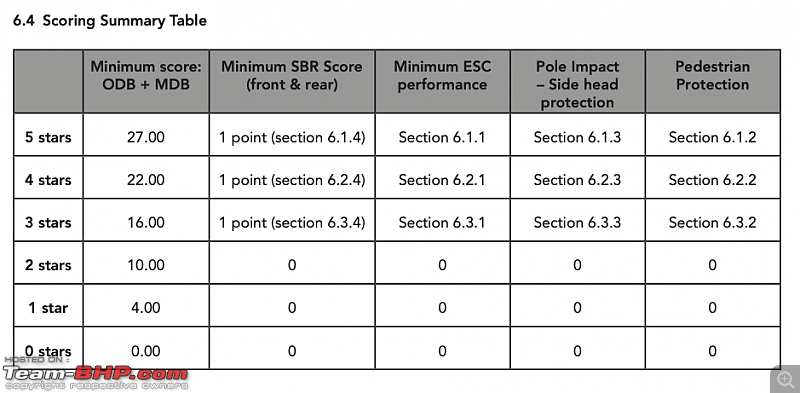

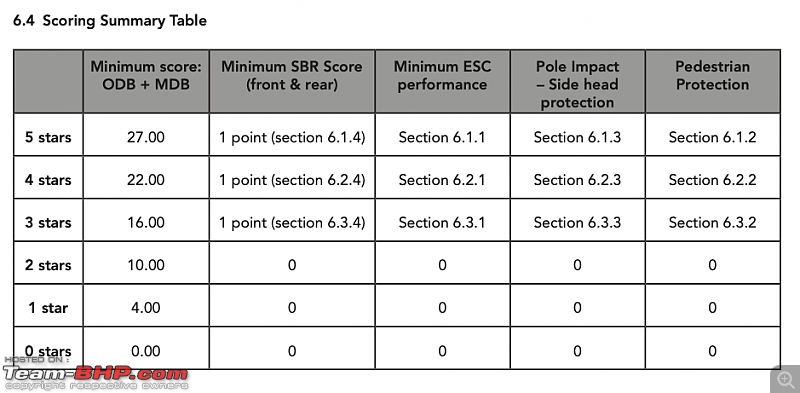

 .
.